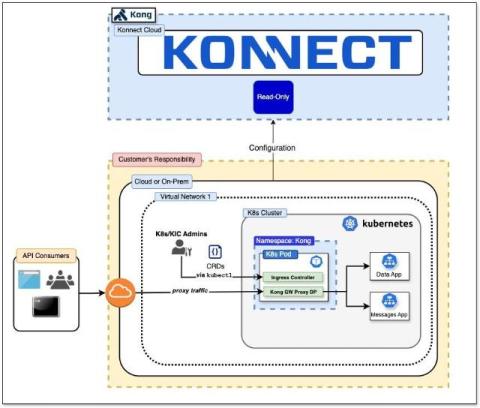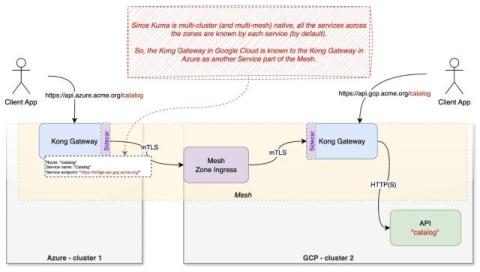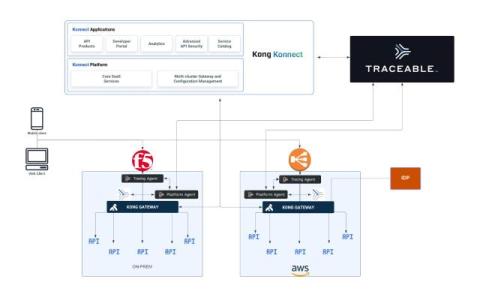Transforming DevOps for Scientific Innovation:Materials Project's Cloud-Native Journey to 500K Users
The Lawrence Berkeley National Laboratory (Berkeley Lab) stands at the forefront of scientific discovery, driving innovations across energy, physics, biology, and computational research. The project harnesses the power of supercomputing and state-of-the-art methods to provide open web-based access to computed information on known and predicted materials..











